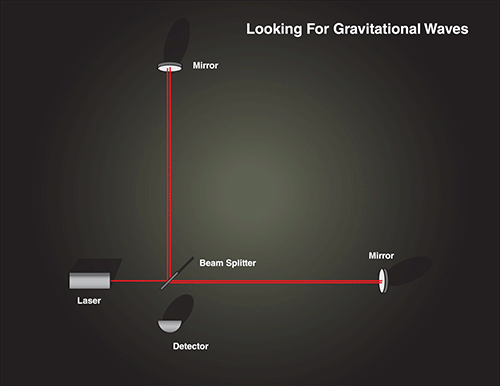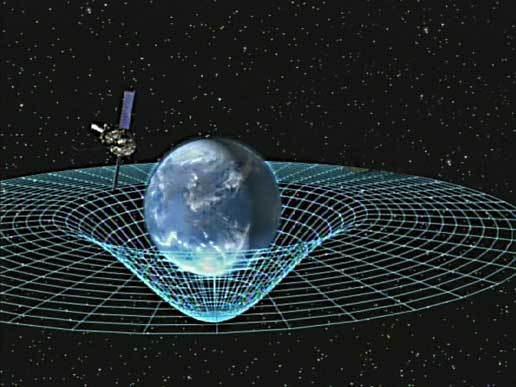If two black holes collide, they will emit strange gravitational waves, which are ripples of spacetime. So, what are gravitational waves and their features?
How can it form?
In fact, everything with mass, including you, can form gravitational waves by distorting spacetime once accelerated. However, these waves from objects on Earth are far too small to detect, even with the most sensitive instruments.
So, where can a confirmed gravitational wave be created? Well, it needs to be strong enough to be found by equipment on Earth. A collision between very massive objects like Black holes and neutron stars, or an asymmetric Supernova5, emits a lot of gravitational waves, which spreads at the speed of light.
Source: https://youtu.be/zLAmF0H-FTM
Used by NASA Space Place in https://spaceplace.nasa.gov/gravitational-waves/en/
Wave Properties
Gravitational waves are quite unusual because it affects neither the air pressure nor the brightness of the surroundings. In fact, if you had the most precise ruler in the world, its measures would be moving due to these waves. This is because gravitational waves change the distance between two objects, meaning that it bends space and time! Have you ever dropped a rock hard on a river, so the objects on it move back and forth? That’s the phenomenon!
It also spreads furiously, at the speed of light! As you know, they squeeze and stretch everything in its path. But, did you know that it is proposed through general relativity, as the rule of “Everything with mass distorts spacetime”? That’s the thing that Einstein predicted 100 years before its first time to be directly observed.
How do we observe that?
Wait. The effects of faraway gravitational waves, possibly billions of light-years away, are incredibly meager and as tiny as an atomic nucleus. Therefore, you may ask, “How do we observe that?” Now, here’s the answer, according to a NASA Article6.
First of all, the equipment has two or more test masses, and each of them is far from another so that they can measure tiny distance changes. Then, there’s a laser and an accurate timer to calculate precisely how much time it takes to reach another mass. Also, they have beam splitters, mirrors, and of course, detectors in order to detect gravitational waves.
The observatories have two arms; each is more than 2 miles in length. Then, when a gravitational wave passes through, the length of these arms modifies. If the change is big enough, the sophisticated sensors can discover the wave.

To find out this image, please visit https://spaceplace.nasa.gov/gravitational-waves/en
So, this essay is a simple introduction to gravitational waves. I hope you can know more on the websites in the next section.
References, Credits, and Links
- (2020, June 4). What Is a Gravitational Wave? – NASA Space Place. Retrieved November 11, 2020, from https://spaceplace.nasa.gov/gravitational-waves/en/
- (2020, November 4). Gravitational wave – Wikipedia. Retrieved November 11, 2020, from https://en.wikipedia.org/wiki/Gravitational_wave
- (2017, October 11). Gravitational Waves – Imagine the Universe! – NASA. Retrieved November 11, 2020, from https://imagine.gsfc.nasa.gov/science/toolbox/gwaves1.html
- (2016, June 15). Ripples in Spacetime Pond – YouTube. Retrieved November 11, 2020, from https://www.youtube.com/watch?v=zLAmF0H-FTM
- https://www.centralgalaxy.com/what-are-supernovas
- https://imagine.gsfc.nasa.gov/science/toolbox/gwaves1.html

